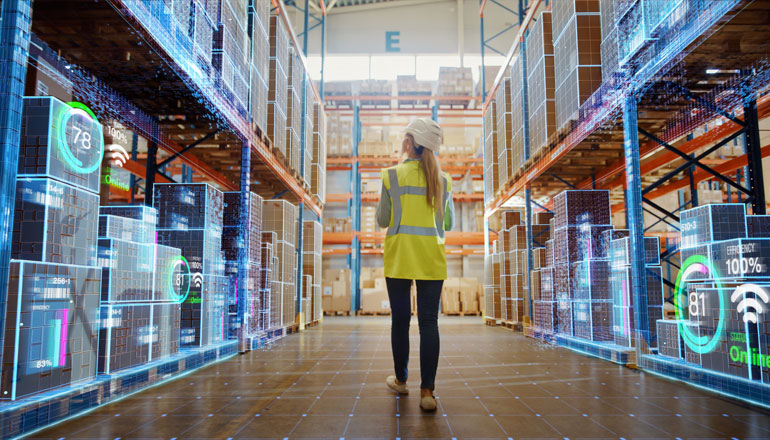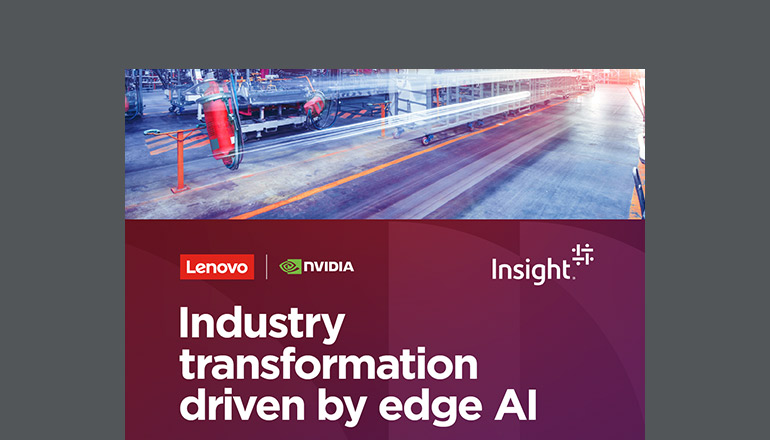Article Continuous Value Delivery: Designing for Real-Time Business
Our previous blog explored how you can take the first steps in your real-time business transformation, as well as the importance of getting off on the right foot by digging deeper to solve real problems and deliver unique value.
By Ryan Hayen / 7 Nov 2017 / Topics: Intelligent edge

Now, we turn to the approach of creating and capturing the value of your Internet of Things (IoT) product(s).
The functionality, value and services a product delivers are no longer set in stone once it rolls out of production. In the past, products were often designed and released in distinct generations. Now, a manufacturer can remain connected to its customers and partners through the data provided by sensors and by conducting continual user research and design. Thus, the product becomes a conduit for dialogue between the two parties.
Just as a dialogue between two people evolves with the maturity of the relationship, so do user needs and the technology ecosystem. Therefore, a connected product that is worthy of a customer’s investment should evolve to provide maximum value over the course of its life span — and not remain the same as it was on the day it was purchased. To fulfill this, IoT products should deliver updates to the software running the device to address new performance or security issues, along with delivering new features that support evolving user needs and usability.
A steady stream of new value
Supplying continuous value beyond the initial sale, where designing for usability includes designing for upgradability, can enable recurring revenue and kick-start new business models. Many product-based industrial companies are beginning to view themselves as service companies, where the product is a means to delivering that service value. For example, Rolls-Royce has created what it calls a Power by the Hour model in which, rather than paying a fixed price for engines plus maintenance, airlines are charged by the hour the engine is used in flight. This creates a win-win situation for all parties involved as it aligns the long-term interests of the organization and the customer.
Joy Global has produced machines and parts for mining companies since 1884 and recently transformed its business in an equally compelling manner. In 2008, the company connected multiple mines in South Africa through a proprietary IoT system and created the South African Smart Service Center. The center collected and analyzed data from its customers’ mining locations to identify bottlenecks and other issues that were impacting performance and productivity.
Those smart services have evolved into JoySmart Solutions that include not only smart connected products, but also advanced analytics and customized services to solve customers’ challenges.
In one instance in Illinois, Joy Global saved a customer $2 million on its conveyor system by creating an algorithm to track proper conveyor operations. In just one week, the JoySmart solution detected excessive vibration on a gearbox, alerting the team to the need for maintenance and preventing transmission failure.
Looking toward the future with a more consumer-facing example, automaker BMW is positioning itself for continuous value delivery. Thom Brenner, vice president of digital life at the company, stated last year, “We think the future of sheer driving pleasure will go beyond driving. It will start before you enter the car, and it will end after you leave the car. And we will make sure BMW cars perfectly and smoothly integrate the way you live your everyday life and use your digital devices and services.”
As the first offering from its BMW Connected Drive program, the company’s personal assistant app promises “seamless mobility” by providing timely traffic information, parking space availability, contact notifications and more.
Building on greatness
Now that real-time data is available from products themselves, companies can rapidly ingest that data, learn from it and pair it with qualitative user research to iterate their IoT product(s) in far shorter cycles. To consumers, these are continual updates and improvements to their investments. For the company, one major challenge in achieving a real-time design and development is in designing nimbler, cross-disciplined teams in which the members possess different skills and attitudes or dispositions. Although we’re not focusing on that design challenge in this blog, its significance must be strongly noted as it can often be one of the tallest hurdles in the path to transformation.
As an organization begins to view its product as a means to achieve continuous value delivery, it will shift how it approaches the design of the product itself.






